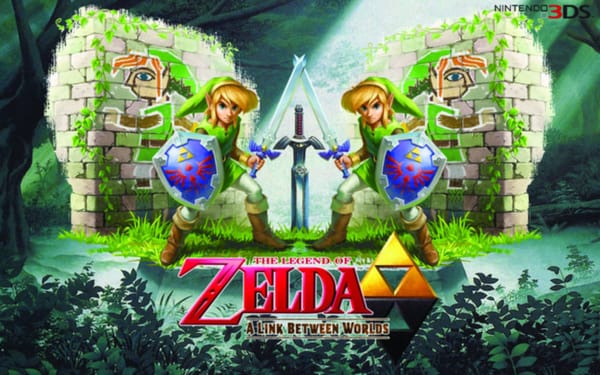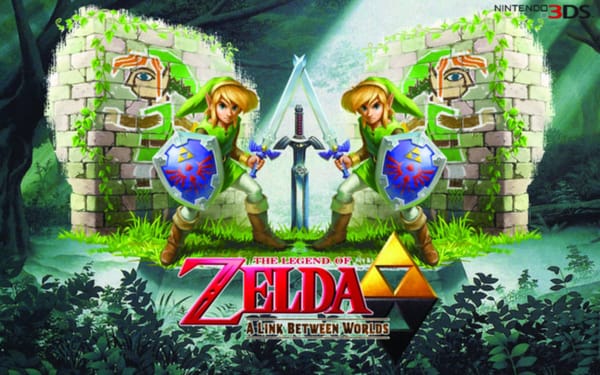The Star in Command
Khurram Liaqat, Writer at the BallGum Blog reviews one of the most anticipated kickstarter games for mobiles
Delays, delays and more delays, at the end of which only 30% of the game had been realised. Truly… the cake was a lie. I’m talking, of course, about the Kickstarter campaign of Star Command, a game that was pitched as a strategic space simulator, where aspiring Captain Kirks would explore planets and fight against aliens, all the while chewing bubble gum.
For many, Star Command became the typical example of many Kickstarter campaigns; too ambitious, so features had to be cut to meet the deadline. For larger studios, this isn’t a problem, as the features which were cut are usually unknown.
With Kickstarter however, the game and ideas are first pitched to the public, who then invest because of feature X, or mechanic Y. Once development is underway and it becomes apparent that feature X won’t work, they have to cut it, much to the dismay of investors who feel as though they’ve been ripped off.
Unfortunately, the deadline was missed, features were still cut, and we’re left with 30% of the game realised, according to the developers. But at last, it’s here, so let’s see how well it does.
A couple of loading screens, customising your Captain, choosing a Ship, and that’s it; the game has begun. It’s very quick and easy to jump in and get your hands dirty. You have aliens shooting at you within 5 minutes of starting, so pacing is definitely great.
However, you can’t simply load it up and play from where you left off while you wait at the dentist’s as you’re unable to save the game at certain points; usually during missions. So when you sit down to play, be sure to have plenty of time, otherwise you’re going to have to sit through parts you’ve already done.
Star Command primarily consists of a series of linear missions, with a few options near the middle portion to do what are, essentially, sidequests. The missions themselves are typically preceeded with dialogue. You’re given options, but most of the time they don’t affect anything, which is slightly disappointing.
The core gameplay revolves around assigning crew members to different rooms. There are three types of rooms: Medical, Engineering, and Weapons. Crew members assigned to Medical rooms have a blue shirt and the ability to heal team-mates, while crew assigned to the Engineering rooms get yellow shirts and the ability to repair the ship. Lastly, crew assigned to Weapons rooms are outfitted with a red shirt and a gun to shoot invaders.
There are five main rooms that you’d be using during ship to ship combat. The Weapons rooms, the Shield Booster room, the Dodge Generator, and the Medical Bay. When these rooms have crew assigned, a button appears on your HUD. When they’re fully charged you’re able to activate them.
Upon activation, the weapon room shoots at the enemy ship, after the completion of a minigame, the Shield Booster increases shields, the Dodge Generator dodges one incoming projectile, and the medical bay increases the health of all of your crew in your ship.
If this is sounding overly complex, don’t worry. It’s very intuitive and simple in actual use, and forms the basis of your decision making as Captain of the ship. For example, do you pull a crew member out of a weapon room (which causes weapons to charge slower) in order to take out one of the invaders on your ship?
Once you’ve progressed further in Star Command, and acquired more crew so that you don’t have to constantly swap them around rooms, which happens pretty quickly, it becomes somewhat easy. Increasing the difficulty does alleviate this somewhat by providing a better challenge, but not by much.
It’s a game that desperately needs another mechanic to add an element of strategy, both in the ship-to-ship combat as well as against invaders. Perhaps cover, or different types of guns.
AI, hostile and friendly, could definitely use reworking, as well as the core concept. At the moment, you have to constantly move each individual crew member a few spaces forward so that they might aim at enemies. This does not make for particularly entertaining gameplay.
I’d much rather assign “zones” for a group of my crew to patrol. This would allow the autonomisation of the more mundane tasks outlined above. The developers could then add in more varied types of AI to fight against, so that the element of decision making is not lost.
Occasionally it feels unfocused and rushed. For example, the ability to customise your ship from the meagre selection of rooms is so shallow you wonder why it’s even there. I can only surmise that they kept 30% of all features, rather than keeping the few features that worked, and cutting out entirely the ones that didn’t. Their intention may be to upgrade and improve these features with updates.
Star Command does make references to possible new features, for instance, the ability to beam down to planets was, apparently “coming to a Star Command near you”.
The controls are good; responsive and easy to use, while minimising screen clutter. It works well with a touchscreen, with simple gestures to zoom in and out, and tapping on crew members to move them about.
Despite the repetitiveness and ease, it does manage to be a fun and engaging experience for most of the time due to the very frantic decision making , where there are no right answers or solutions. The dialogue is pretty funny, and the universe feels rather deep and substantial, with many different and distinct alien races.
The story won’t blow minds, but it’s something that doesn’t take itself too seriously - part of the charm that the game offers.
There’s also the strange attachment you begin feeling to your crew members, watching them being sucked into the vacuum of space is actually saddening. Star Command does a great job at making the player feel like a Captain. Star Command primarily uses pixel art for most of it’s graphics, and it really looks beautiful, despite becoming overused in recent years. Aliens are varied in design, and so are their ships, with menacing, insectile Antorians, and the sinister Vox. Weapon effects could be improved; they’re fairly bland: simple coloured streaks and circles across the screen.
The music is extremely good, and helps add to the deliberate faux-epic atmosphere of the game, as are the sound effects of the weapons.
While the gameplay can be improved, the atmosphere, story and depth of the universe make up for it. Hopefully the developers are still committed to bringing updates out to extend the longevity of this title, but for now, this can get old pretty fast.









